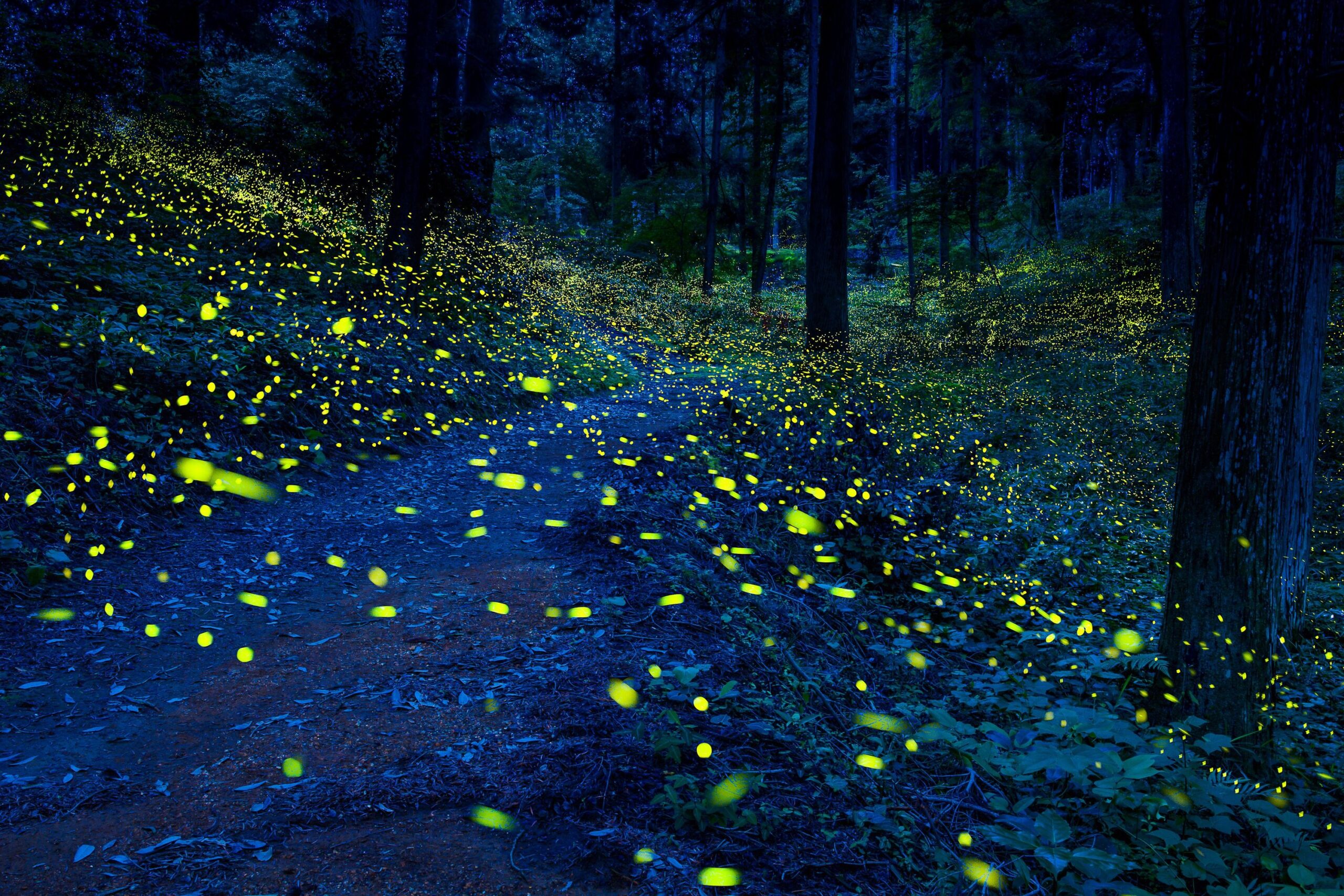Bioluminescence is quite possibly of the most captivating peculiarity in the normal world, where residing life forms produce light through biochemical responses. This dazzling skill can be tracked down across different species, from fireflies enlightening dull evenings to remote ocean animals shining in the profundities of the sea. This article dives into the science behind bioluminescence, its biological jobs, and the secrets it discloses in nature.
The Study of Bioluminescence
At its center, bioluminescence is a substance response that happens in specific cells or organelles. This response ordinarily includes a light-discharging particle called luciferin and a compound known as luciferase. At the point when luciferin is oxidized by luciferase, it delivers light, frequently in the blue to green range, which is generally noticeable submerged.
The exact systems of bioluminescence can shift fundamentally among various living beings. For instance, in fireflies, the light is delivered in the midsection, where a progression of responses happens to make a warm sparkle. Conversely, remote ocean animals frequently display bioluminescence for the purpose of endurance, using it to draw in prey or dissuade hunters.
Environmental Jobs of Bioluminescence
Bioluminescence fills different environmental needs, which can be extensively sorted into three principal capabilities: predation, correspondence, and cover.
1. Predation: Numerous bioluminescent organic entities utilize light to draw prey. For example, the anglerfish has a bioluminescent bait that draws in more modest fish in obscurity profundities of the sea. Likewise, a few types of jellyfish transmit light to attract clueless prey, improving their taking care of systems.
2. Communication: Generally speaking, bioluminescence assumes a significant part in mating and social connections. Fireflies, for instance, utilize explicit light examples to draw in mates, with guys and females conveying through synchronized streaks. In the remote ocean, certain species show bioluminescent presentations to flag one another, helping with social union and generation.
3. Camouflage: A few organic entities use bioluminescence for guarded purposes. The counterillumination method, used by specific types of squid and fish, permits them to mix in with the weak light from a higher place. By discharging a strike that matches the general climate, they can stay away from location by hunters hiding underneath.
Bioluminescence in Human Culture and Science
From the beginning of time, bioluminescent organic entities have captivated people and enlivened legends, craftsmanship, and logical requests. Many societies have woven bioluminescent components into their legends, frequently seeing them as magical or extraordinary. Today, scientists concentrate on bioluminescence for its environmental importance as well as for its expected applications in medication and innovation.
For example, researchers have tackled bioluminescent proteins for use in clinical imaging, empowering scientists to follow cell processes progressively. Bioluminescent markers are progressively utilized in hereditary examinations and medication disclosure, considering more exact and productive trials.
Secrets and Future Exploration
Regardless of critical advances in understanding bioluminescence, many inquiries stay unanswered. By far most bioluminescent species possess the sea, where conditions are trying for study. Progressing research plans to investigate the hereditary premise of bioluminescence, reveal the transformative pathways that prompted its turn of events, and look at the biological ramifications of this peculiarity in an impacting world.
As ecological worries mount and biological systems face exceptional difficulties, understanding bioluminescence might give experiences into the wellbeing of marine conditions. Checking bioluminescent species can act as signs of environmental changes, assisting researchers with surveying the effects of environmental change and contamination.
Conclusion:
Bioluminescence is a dazzling presentation of nature’s imagination, exhibiting the multifaceted connections among creatures and their surroundings. From helping endurance to motivating logical advancement, bioluminescent privileged insights uncover the intricacy of life on The planet. As we proceed to investigate and comprehend this enthralling peculiarity, we are helped to remember the magnificence and secret that nature holds, encouraging us to secure and appreciate the different environments that support our planet.










